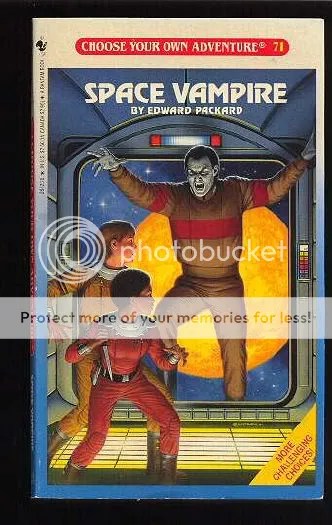I was talking to an old friend this weekend about the meaning of life. You know, the way you do. It wasn’t even ridiculously late at night, and we didn’t take the morbid side path that’s usually an option in such conversations. The next day I happened to read Theodora Goss’s “Feeling Alive,” and so here we are, delving back into one of my favorite topics.
One of Dora’s main points is that there is the Frankl theory about meaning (projects, connections with people, and attitude) and then there is the Campbell theory that it’s more important to have the feeling of being alive than to know the meaning of life. (Does this make anyone else think of Sondheim’s song “Being Alive?”)
While there is an overlap between these two, many of the little things in life that I appreciate so much fall into the “Feeling Alive” category. Feeling alive can be a very physical experience, even hedonistic, whether we’re talking about having an amazing foodie experience or jumping out of an airplane or traveling around the world. Waking up after a good night’s sleep, sitting in the sun, hiking in the hills: all of these experiences remind me that I’m alive.

Photo Credit: Spencer Finnley via Compfight cc
And then there’s art, which in my experience falls squarely into both categories. Because art makes me feel more alive AND it is often through art (both creating and appreciating) that I find my own meaning. And I think those things that do fall into both categories have particular resonance for many of us.
What I don’t think is that every category like this is going to have the same resonance for everyone. And I also reject the notion that there is only way to find meaning for all of us. Finding meaning through art isn’t going to be right for everyone. Finding meaning through having kids and raising a family isn’t going to be right for everyone. Finding meaning through saving lives isn’t going to be right for everyone. (For example, I am sadly way too squeamish to ever have made it through medical school.)
But when we find something (whatever that something is) that works concurrently to make us discover our meaning and feel more alive in the process, then we’re onto something important.
I feel lucky because from a young age I realized art and meaning were intimately connected for me. For a long time I envied other people who had practical aspirations and knew what career they were going to pursue, especially when the career in question had a relatively straightforward path to success. Art isn’t like that. Art isn’t usually straightforward, and art is never a sure thing. But art has always been my personal pathway to fulfillment, and now I realize how precious that really is.
I’m saying art instead of writing because I was a musician before I started writing seriously, and my connection to my music felt much the same. I had a short period of time in my 20s in which I wasn’t engaged in any art whatsoever, and even though I’ve lived through much harder times, that period of time stands out in my memory for its relative bleakness. I realize now that is because that has been the only time I’ve been without much connection to meaning. I just kind of did things to do them, with most of the passion leached from them. Without my meaning, I also felt less alive overall. It was an eye-opening experience for me, and one I’m not eager to repeat.
What did I learn from it? That art makes me happy to wake up in the morning. Art inspires me and challenges me and keeps me from getting bored. As long as my relationship with art continues, I have meaning built into my life. It is a very intimate experience, one that both encompasses outside influences and all the people I’ve met and one that excludes them because the art goes on with or without them.
Which do you think is more important: finding meaning in life or feeling alive? Or are they linked, as they are for me?







